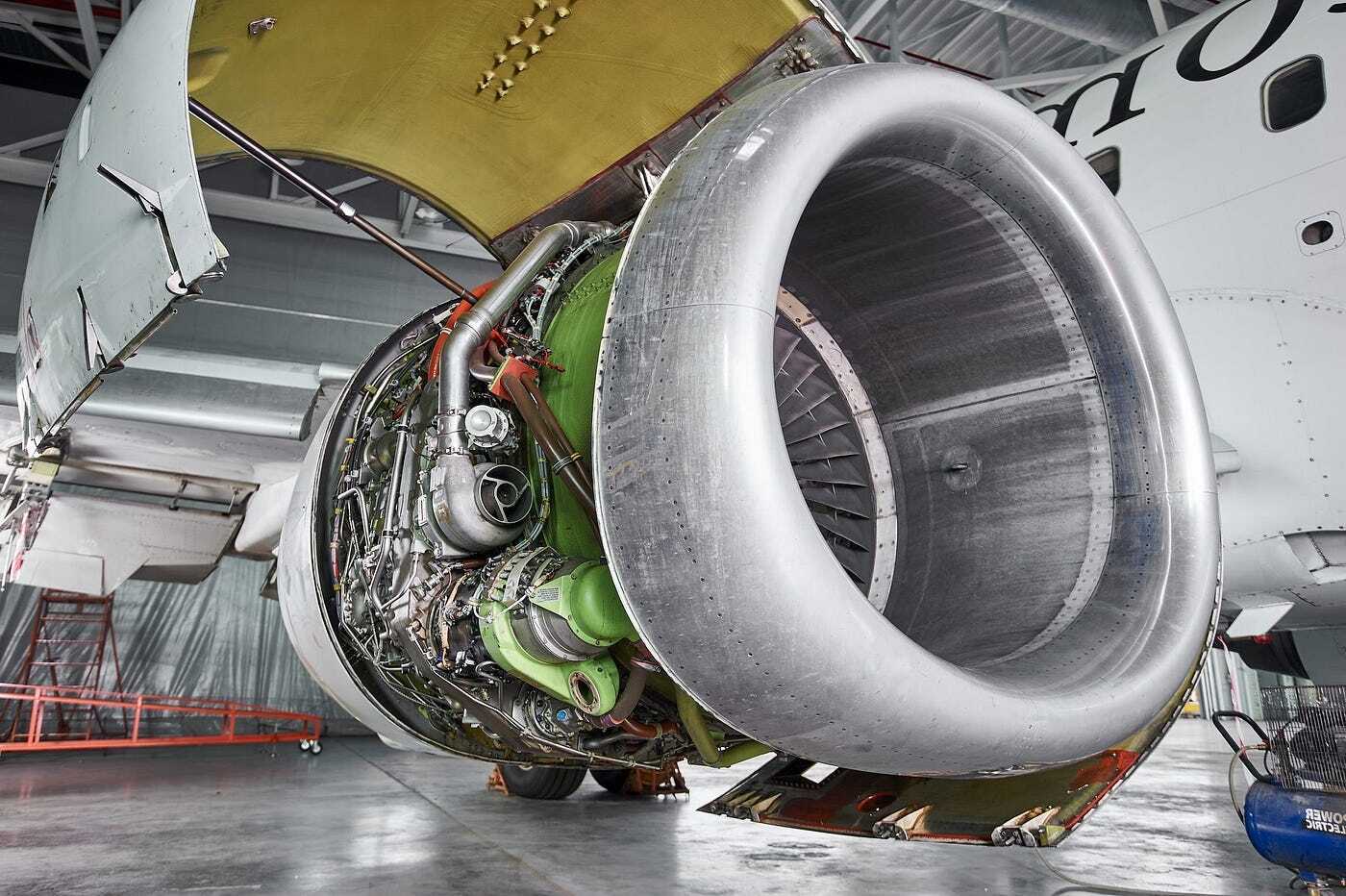
How has aircraft technology advanced over the years? Aircraft technology has come a long way since the Wright brothers' first flight in 1903. From propellers to jet engines, advancements have made flying faster, safer, and more efficient. Modern aircraft now feature cutting-edge materials like carbon fiber composites, reducing weight and increasing fuel efficiency. Avionics systems have evolved to include sophisticated navigation and communication tools, enhancing safety and reliability. Automation and AI are playing bigger roles, with autopilot systems capable of handling complex tasks. Eco-friendly innovations like electric and hybrid engines are also emerging, aiming to reduce aviation's carbon footprint. These advancements not only make air travel more accessible but also pave the way for future innovations like supersonic jets and even flying cars.
Key Takeaways:
- Aircraft technology has come a long way, making flights safer, quieter, and more fuel-efficient. From advanced engines to passenger comfort enhancements, aviation is evolving to provide a better travel experience.
- Innovations like electric aircraft and supersonic travel are shaping the future of aviation, promising faster and more environmentally friendly air travel. Exciting possibilities lie ahead for the next generation of aircraft technology.
The Evolution of Aircraft Technology
Aircraft technology has come a long way since the Wright brothers' first flight. Let's explore some fascinating advancements that have shaped modern aviation.
-
Fly-by-Wire Systems: Modern aircraft use electronic systems to control flight surfaces, replacing traditional manual controls. This technology enhances safety and efficiency.
-
Composite Materials: Aircraft now use lightweight composite materials like carbon fiber, reducing weight and improving fuel efficiency.
-
Glass Cockpits: Digital displays have replaced analog dials, providing pilots with more information and better situational awareness.
Innovations in Aircraft Engines
Engine technology has seen remarkable improvements, making flights faster, quieter, and more fuel-efficient.
-
Turbofan Engines: These engines combine the best features of turbojets and turboprops, offering higher efficiency and quieter operation.
-
Geared Turbofans: A gearbox allows the fan and turbine to operate at optimal speeds, improving fuel efficiency and reducing noise.
-
Biofuels: Airlines are increasingly using biofuels to reduce carbon emissions and reliance on fossil fuels.
Advances in Aerodynamics
Aerodynamics plays a crucial role in aircraft performance. Recent innovations have significantly improved flight efficiency.
-
Winglets: These vertical extensions on wingtips reduce drag and improve fuel efficiency.
-
Laminar Flow Control: Techniques to maintain smooth airflow over the wings reduce drag and increase efficiency.
-
Morphing Wings: Wings that change shape during flight optimize performance for different phases of flight.
Enhancements in Passenger Comfort
Passenger comfort has become a priority for airlines, leading to various technological advancements.
-
Noise-Canceling Cabins: Advanced materials and design techniques reduce cabin noise, making flights more comfortable.
-
In-Flight Entertainment: Modern aircraft offer a wide range of entertainment options, including movies, games, and internet access.
-
Improved Air Quality: Advanced air filtration systems ensure cleaner, fresher air inside the cabin.
Safety and Navigation Improvements
Safety and navigation technologies have made air travel one of the safest modes of transportation.
-
Enhanced Ground Proximity Warning Systems (EGPWS): These systems alert pilots to potential ground collisions, improving safety.
-
Automatic Dependent Surveillance-Broadcast (ADS-B): This technology allows aircraft to broadcast their position to air traffic control and other aircraft, enhancing situational awareness.
-
Synthetic Vision Systems (SVS): SVS provides pilots with a 3D view of terrain and obstacles, even in poor visibility conditions.
Environmental Impact Reduction
Efforts to minimize the environmental impact of aviation have led to several technological advancements.
-
Electric Aircraft: Electric propulsion systems are being developed for short-haul flights, reducing emissions and noise.
-
Solar-Powered Aircraft: Solar panels on aircraft surfaces generate electricity, enabling long-duration flights without fuel.
-
Wingtip Devices: Devices like winglets and sharklets reduce drag, improving fuel efficiency and reducing emissions.
Future of Aircraft Technology
The future holds exciting possibilities for aircraft technology, with ongoing research and development.
- Supersonic Travel: New designs aim to bring back supersonic passenger travel, reducing flight times significantly.
Aircraft technology continues to evolve, promising safer, more efficient, and environmentally friendly air travel.
The Future of Aircraft Technology
Aircraft technology has come a long way, and it's only getting better. From fuel-efficient engines to advanced avionics, the innovations are mind-blowing. These advancements not only make flying safer but also more environmentally friendly. Electric planes and autonomous flight systems are on the horizon, promising to revolutionize air travel.
3D printing is another game-changer, allowing for faster, cheaper production of aircraft parts. Composite materials are making planes lighter and stronger, improving performance and reducing fuel consumption. The future looks bright with supersonic jets and space tourism becoming more of a reality.
Keeping up with these advancements is crucial for anyone interested in aviation. The sky's the limit, and the journey has just begun. Stay tuned for more exciting developments in the world of aircraft technology.
Frequently Asked Questions
Was this page helpful?
Our commitment to delivering trustworthy and engaging content is at the heart of what we do. Each fact on our site is contributed by real users like you, bringing a wealth of diverse insights and information. To ensure the highest standards of accuracy and reliability, our dedicated editors meticulously review each submission. This process guarantees that the facts we share are not only fascinating but also credible. Trust in our commitment to quality and authenticity as you explore and learn with us.


